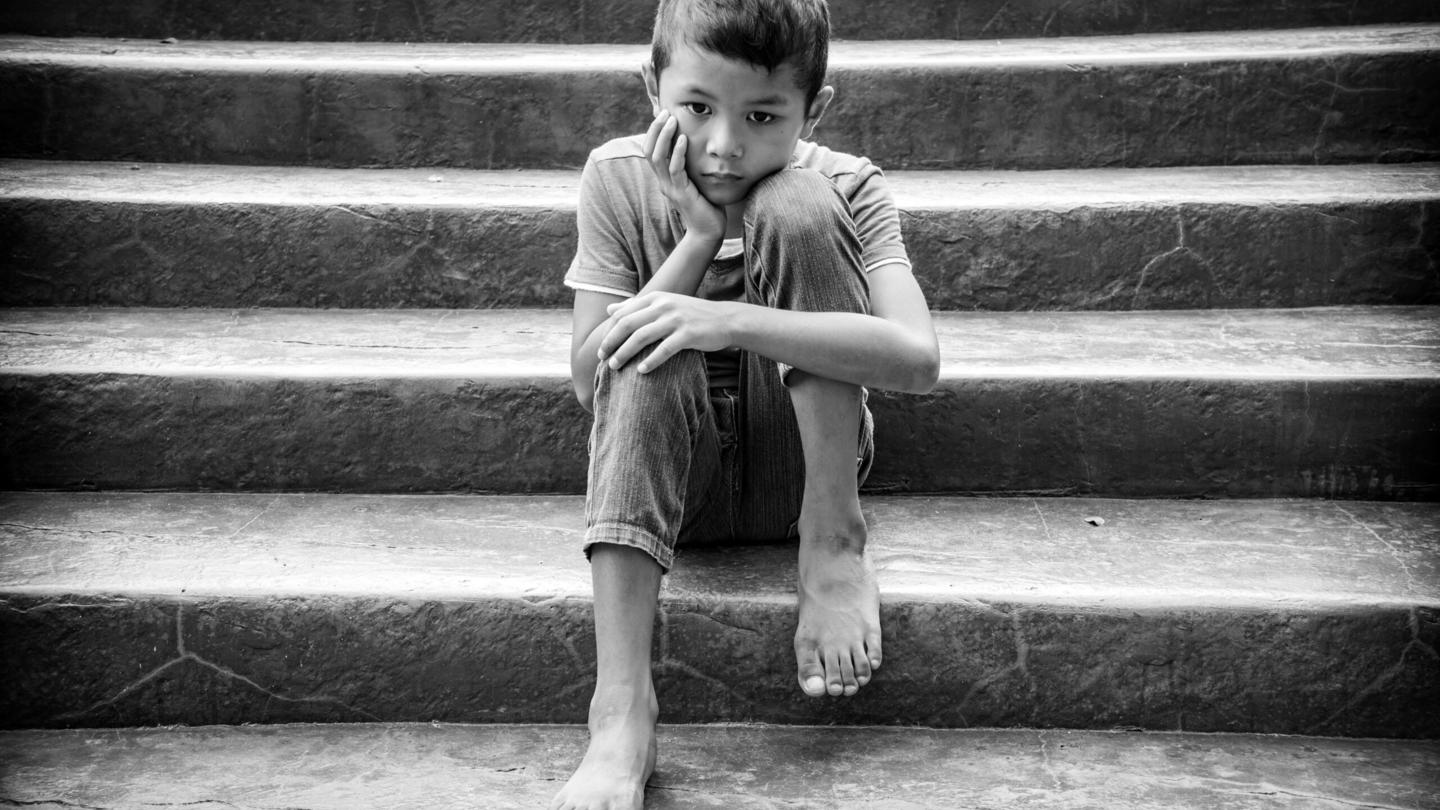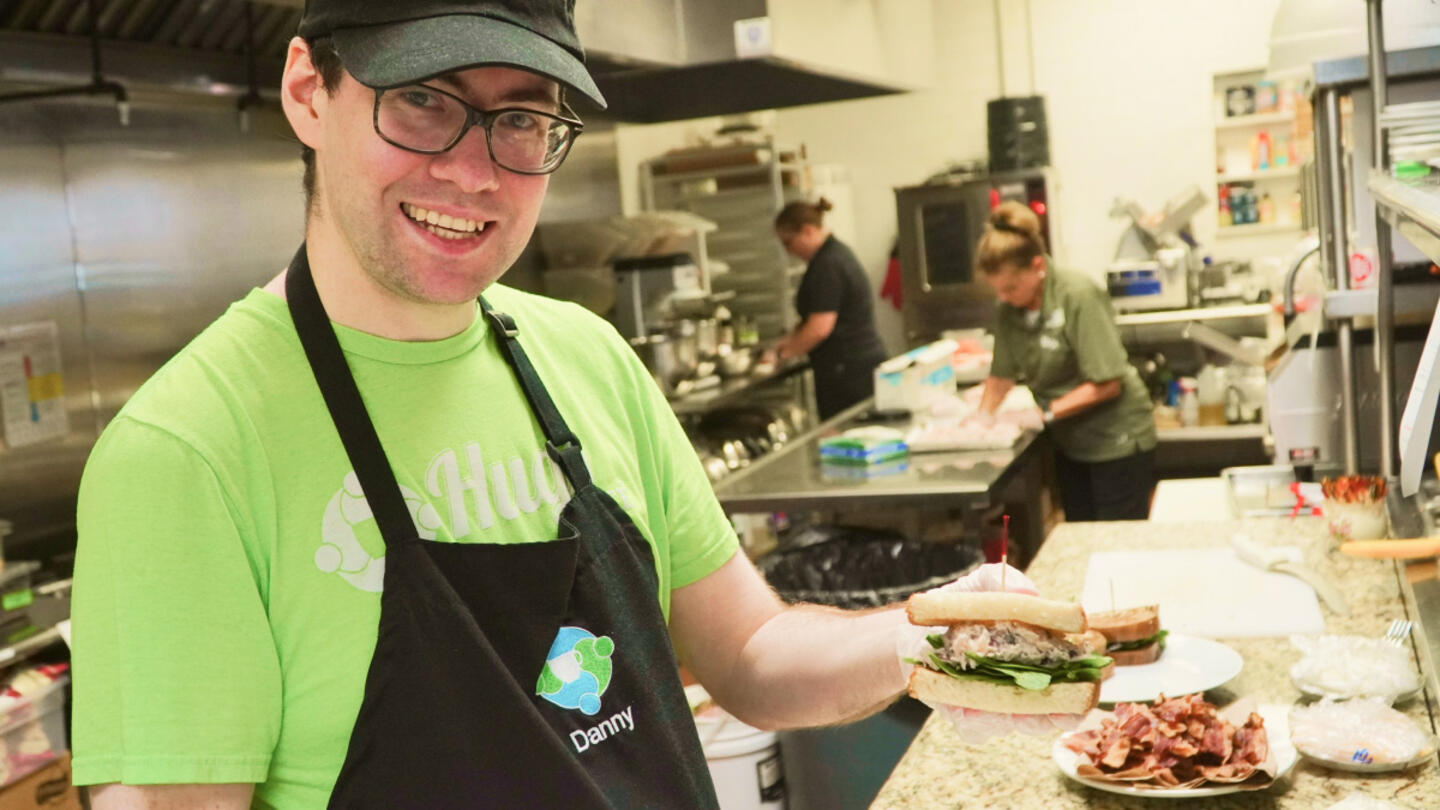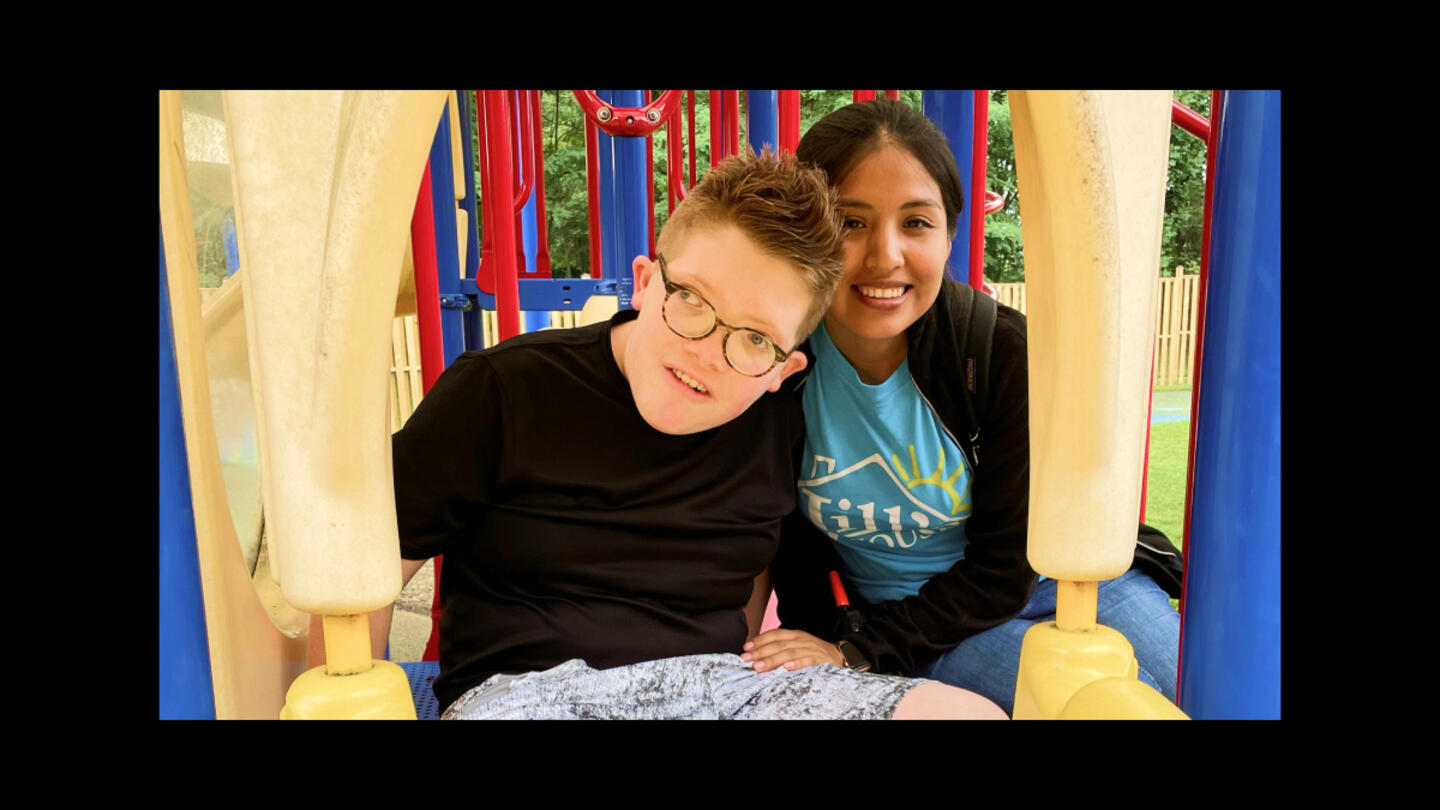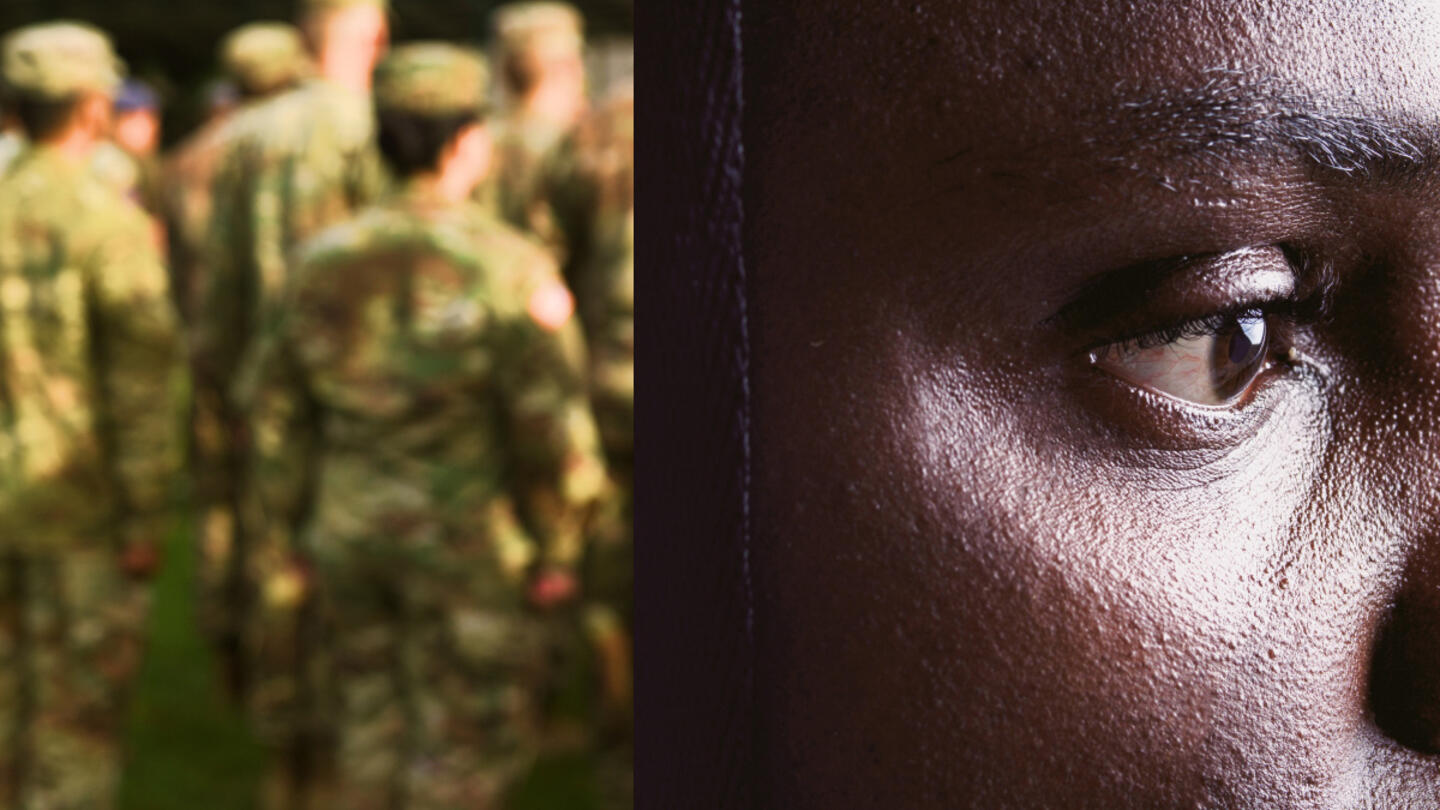This article was originally published by Stand Together Trust.
Stand Together Trust's work is driven by an abiding belief in people – their potential, their power. Given that, it should be little surprise that child welfare is an issue we've been actively involved in for years – learning alongside our amazing partners. Like many others, we are appalled at the dismal outcomes resulting from the prevailing approach to child welfare.
We talked with Tiffany Perrin, who leads Stand Together Trust's work on child and family well-being, to discuss how resistance in the system can point us in the direction of where innovations are most needed to improve outcomes and progress for children and families in America today.
Stand Together Trust: In the child and family well-being space, some see system pushback as an indicator of progress. Why is that?
Perrin: Consider what we know about systems.
Newton's First Law of Motion tells us that an object in motion stays in motion with the same speed and in the same direction unless acted upon by an unbalanced force. "Change is hard," is something everyone affirms, often with a knowing smile as they recall various efforts to improve their health or stop a bad habit.
Taken together, these statements affirm what we see with our work in many fields, especially child and family well-being – systems seek to perpetuate themselves.
Certainly in some cases this is a good thing. Structural features of a system like built-in redundancy increase reliability and help ensure that desired outcomes are achieved. Features and drivers like funding can serve to keep a system healthy in the sense that the system reliably produces predictable outputs.
But when it comes to the child welfare system, mechanisms that keep the system healthy should be understood as part of the challenge. The existing child welfare system reliably produces predictable outputs – predictably problematic outputs including increased risk of incarceration, poor educational outcomes, homelessness and human trafficking of those who experience foster care. It's not that the system is broken, it's that the design is misaligned with the outcomes we all want.
Saying that system reform is needed is nothing new. We're fortunate to travel alongside many others seeking to do just that. But as we reflect on the cadre of social entrepreneurs Stand Together Foundation and Stand Together Trust partner with via the Catalyst program and other grantmaking efforts, we think there's something important in acknowledging the ways in which the system itself resists and pushes back against efforts to reform it. Because that pushback, though uncomfortable, may be a sign a social entrepreneur is onto something that can have positive outcomes for children and family.
The recent attention to host families is a prime example of system pushback Through the lens of our existing child welfare system, host homes may sound much like foster care. But we see something different.
We see people who, when a neighbor is dealing with unexpected health emergencies, step up to provide a safe, healthy place to be while mom and/or dad get care. We see community members being willing and available when a single parent needs to pursue treatment related to their struggles with mental health or substance abuse. Some are fortunate to have this kind of social safety net and community readily available. But shouldn't all parents and families have access to that kind of support?
Regulating approaches like Safe Families for Children which aims to prevent families from ending up in the child welfare system, runs the risk of making them an extension of the very system they're seeking to disrupt. Being authentically of and for the community is part of why these efforts have such potential to disrupt the status quo and provide support to the families the most in need.
So, for those seeking reform in the system or innovators wanting to contribute to increased child and family well-being, how should they navigate the system and its limitations?
To start, they should resist being boxed in by the system.
Increasingly we see system actors go to great pains to try to make novel approaches fit into the so-called boxes of child welfare.
What if we recognized that it may not be the approach that's problematic but, instead, the trappings of the system – the restrictive funding, the intrusion and the perception and experience of coercion associated with referrals – that are problematic? What if we empower those closest to the needs of a community to solve for them? We believe that doing so compels us to be open to new approaches and new language so that we can move beyond the status quo.
Considering the system from different vantage points – policy advocacy, federal government, philanthropy and non-profit provider – helps illuminate the conditions that perpetuate the status quo. While a growing group of non-profit providers seeks to innovate and disrupt the system as we know it, many are also bound by it.
The Stand Together community is walking alongside leaders and seeking to understand just how the constraints of the status quo unintentionally impede their efforts to promote child and family well-being.
Take for example the amazing work we see from Brigid's Path, an organization that can be understood as a little bit about substance abuse treatment, a little bit about child welfare, a little bit about health care, and entirely about believing in people and family. They don't fit into the neat programmatic silos and funding streams that characterize existing systems. Rather than navigating that complexity for questionable payoff, Stand Together believes Brigid's Path should be all-in on their work of caring for infants born exposed to substances and, critically, working with community partners to provide resources for moms to achieve the stability that will help them care for their children for both the near- and long-term.
We believe that innovations like CarePortal help solve for fundamental gaps in the broader ecosystem and provide the kind of infrastructure that's needed to mobilize communities in transformational ways. CarePortal leverages technology to bring the needs of hurting children and families in communities to the attention of community members who can provide support and connection. Caseworkers uncover the needs. CarePortal makes local churches and community members aware, giving them a real-time opportunity to respond.
In a field that has been disproportionately focused on programs – in spite of affirming that there are no silver bullets – platforms can be difficult to understand. It can be difficult to determine what agency or issue area any program should be housed in. But the impact is clear. More than 40,000 community responders have been mobilized to support more than 140,000 children and their families, yielding incredible positive economic and human impact.
At Stand Together, we accept that some level of ambiguity is likely when partnering with those charting new territory. We embrace our principles and let the outcomes lead.
The Stand Together community provides social innovators with resources to help maintain innovation without being unduly burdened by having to become part of the status quo. We also are providing social innovators with needed moral support, too. The pressures to conform to the narrow confines of the system as we know it are significant, including financial and legal strictures, and can leave entrepreneurs wrestling with uncertainty and loneliness.
We're networking our Catalyst grantees and other partners with one another, believing there's a multiplier effect in this. We want to counter the status quo and move people – advocates, practitioners, policymakers, funders and thought-leaders alike – past fear of the unknown, past the limitations of language and inertia to advance innovation and drive child and family wellbeing.
How can philanthropic funders play a role in driving transition from the status quo to an approach that advances child and family well-being?
Any innovation or new business that is successful reaches a point when scaling requires significant funding. Predictably, many entrepreneurs in the child and family well-being space turn to government funding to support scaling and long-term stability. Government funding can be significant and is predictable and, often, long-lasting. But as we discussed previously, the regulations associated with government funding often limit or destroy the very elements that set a program apart to provide better outcomes for children and families.
We believe it's important to recognize that system transformation is a process rather than something as simple as flipping a light switch. Real transformation will involve a period of transition and we must be clear-eyed and intentional about pushing toward what could and should be while navigating the realities of what is. We're rolling up our sleeves, standing alongside our child and family well-being partners and working collaboratively to create solutions.
Philanthropic funders play a critical role in this transformation of the system. When funders see innovation with proven and better outcomes for children and families, when they understand system resistance as a real sign of progress, and they offer the resources to scale and experiment more, real progress can be made.
***
Learn more about Stand Together's efforts to build strong and safe communities, and explore ways you can partner with us.




